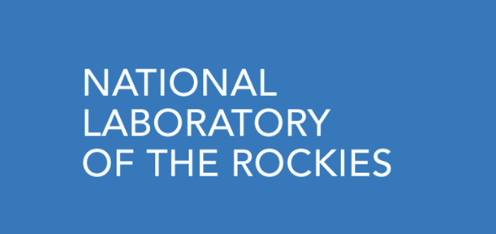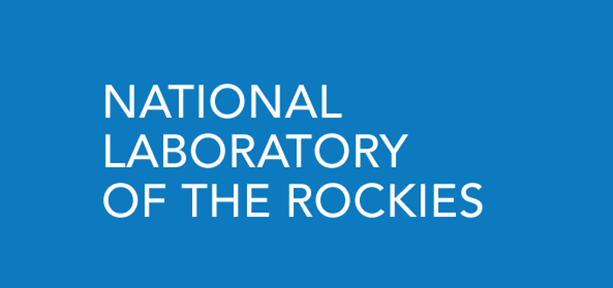Jobs and Economic Development Impact Analysis (JEDI)

Abstract:
The Jobs and Economic Development Impact models for bioenergy are screening tools that estimate the economic impacts of constructing and operating facilities to produce biofuels or biopower. Each JEDI model uses the same basic input-output methodology. That is, dollars spent on a new project in a state or region are analyzed to determine their employment and economic impacts (e.g., GDP, output) within the local area. Because many advanced bioenergy technologies have not been commercialized, pathway-specific techno-economic analyses are typically used to derive default cost estimates for use in the JEDI models.
Model/Tool Platform:
Excel-based
General Modeling Type:
Accounting/Inventory
Primary analytical purpose:
Socio-economic:
Analysis of the economic or social effects of bioenergy and bioproduct technologies or feedstocks.
Secondary analytical purpose:
None
Metric categories:
- Socio-economic:
- Employment
- Other Socio-economic (e.g., GDP impact, Investment/NPV)
Geospatial resolution:
State
Temporal resolution:
Years
Laboratory:
NLR - National Laboratory of the Rockies
Principal investigator:
Yimin Zhang
Model start year:
2012
Model last updated:
2018
Development status:
Fully Developed with periodic updates
Level of validation/review:
Internal QA/QC or Peer Review
Links:
Model scope:
Biomass Supply
Feedstock Logistics
Conversion
Distribution
End Use
- Feedstock Types
- Starch
- Agricultural Residues
- Herbaceous Energy Crops
- Conversion Technology
- Starch to Sugars
- Lignocellulosic Biomass to Sugars
- Sugar Biological Upgrading
- Products/Process Outputs
- Transportation Fuels - Ethanol
- Transportation Fuels - Renewable Diesel
- Biopower
- Transportation Market Segment
- Light Duty Vehicles
- Heavy Duty Vehicles
1
2
3
4
Analytical Purpose
Supply Chain Elements
Biomass Supply
Feedstock Logistics
Conversion
Distribution
End Use
Information last updated: Sep. 17, 2019 13:45:46 EDT
